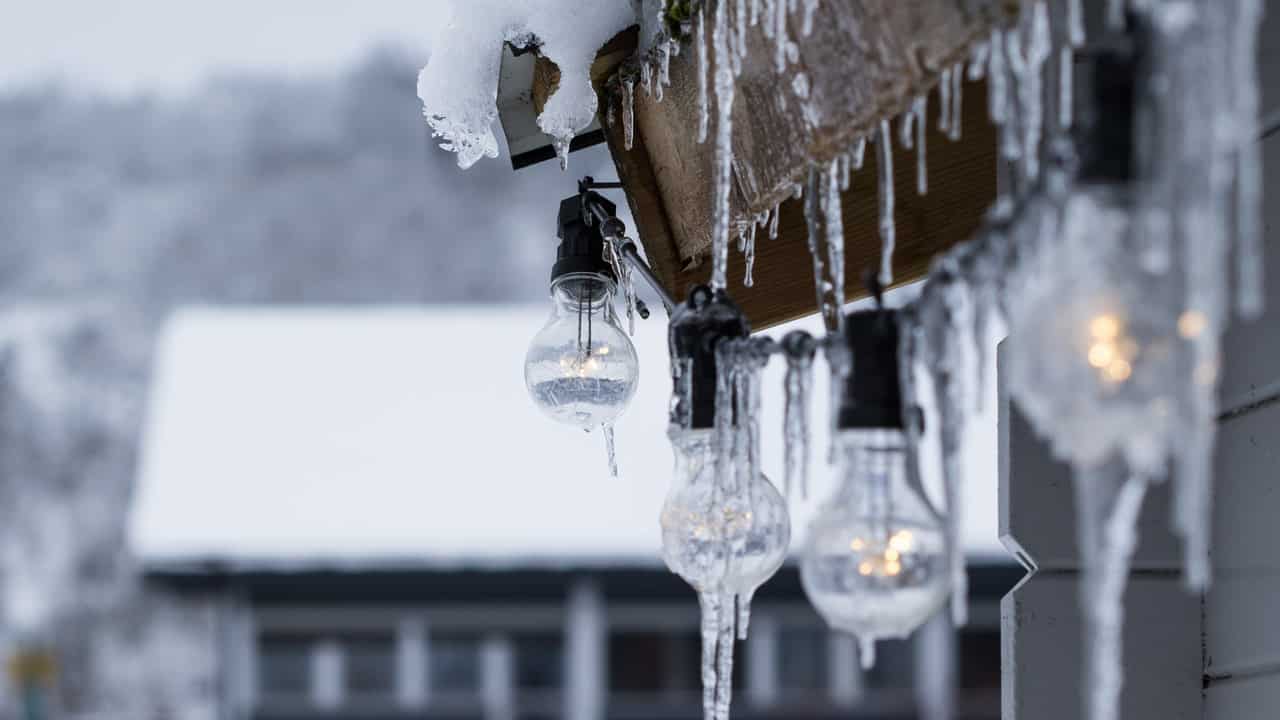
Frigid temperatures and winter wind, ice and snow can wreak some serious damage on any structure. From the pipes in the kitchen to the wall outlet in the bedroom, winter can find its way into your property and cause major problems that can cost a lot of money to repair.
Here are just a few things to watch out for — and work to prevent — during the coldest season of the year.
1. Drafts
The cold winter winds are notorious for seeping into homes through cracks or spaces around windows, door and outlets. This can cause energy bills to skyrocket as renters try, in vain, to keep their home warm.
So, before icy temperatures blow in, be sure to check windows for peeling caulk and drafts, reapplying caulk or weather stripping to keep the cold out. And place a draft blocker or weather stripping at the bottom and top of doors. Solve drafty outlets by filling the space behind them with spray foam insulation.
2. Frozen Pipes
Exposed pipes in crawlspaces, basements and attics are especially susceptible to freezing during the winter months. And, if they freeze, they may burst, leading to serious flooding. Prevent frozen pipes by adding extra insulation to exposed ones and advise renters to leave their faucets dripping overnight.
Additionally, they should drain and turn off exterior faucets and hoses before winter arrives. Although harder to enforce, suggest that renters keep the heat on and at a consistent temperature — especially if they leave for long periods of time — to ensure pipes stay warm.
3. Fallen Tree Limbs
You and your renters may not have to worry about cutting the grass or watering the flowerbeds, but landscaping is still a must, even in winter. Ice and snowstorms can weight down branches, making them more prone to breaking.
If a tree’s limbs hang over the roof, they could break off and fall, causing serious damage. Evergreen trees in particular may have branches that stick out too far and tend to catch more ice and snow. Prevent broken limbs by trimming them in the fall before the first winter storm hits.
4. Water Leakage
Fallen tree limbs aren’t the only threat to your roof. Ice dams can also form up there, which can lead to leaks that seep into the attic or through ceilings. Ice can also form in gutters, blocking them from draining. And, if the ice melts quickly, the water can form puddles around the foundation of the home and seep into the basement.
To prevent this, apply a de-icing product to gutters and use a heated cable to melt the ice and move water away from the foundation.
5. Wood Rot
Wood, like that of the deck, patio and fence, is also prone to rotting throughout winter as snow falls and melts repeatedly. Before and after winter, be sure to check for signs of rot. Soft spots, discoloration, splintering and cracks may all be signs of rotting wood.
Railings may also become loose from the weight of snow they sustained over the winter months. So, if any panels or railings need to be replaced or mended, be sure to do so to prevent injury.
Prepare Early for Property Damage
The best way to protect your property during the chilly winter months is to begin taking precautions early. This means inspecting trees, pipes, wooden exteriors and the interior of the home in the fall. This way, if you do find something that needs insulation or repairs, you may do so in time for winter.
Remember, it’s a lot easier — and cost-effective — to prevent damage than it is to fix it.
Holly Welles is the editor behind The Estate Update, where she shares real estate tips and ideas for home fixes. She’s passionate about staying on top of recent market trends despite her impractical love for the oldest houses in town.
Ready To Build Passive Income Through Rental Real Estate?
Ready to talk about your goals? We're here to show you the tools and teach you the process to begin earning legacy wealth for you and your family.








